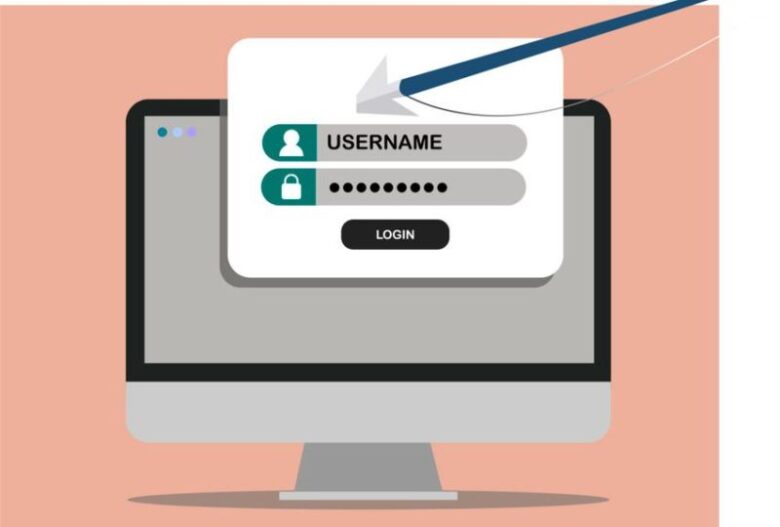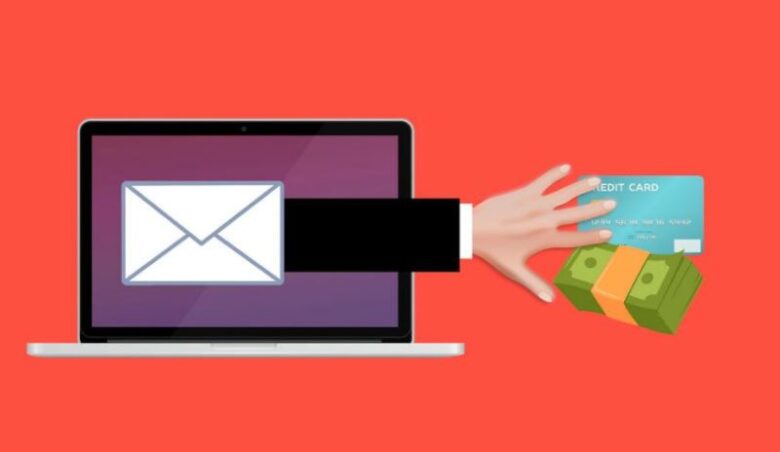What is “phishing”?
The shortest definition of “phishing” is that it’s a cyber attack the goal of which is to collect personal data using e-mails, telephone, or text messages. The attackers are often posing as institutions which enables them to effortlessly obtain the banking and credit card details, passwords, and other personal data that can be abused. Once the necessary info is gathered, it’s easy to access important personal accounts which can lead to identity and financial theft.
The most worrying thing about this kind of cyberattacks is that they’re getting more sophisticated meaning it’s becoming more difficult to recognize them and prevent them from happening. The majority of people often doesn’t question the legitimacy of the phone call, email, or a text. It simply doesn’t occur to us to ask people to prove that they indeed are who they claim to be. This is why articles like this one are becoming crucial. The only way to prevent cyber attacks is to be educated as to what they are, how they work, how to recognize them, and ultimately how to defend yourself against them.

How to prevent this type of cyber attacks?
According to Phish Protection, the most effective strategy against phishing would be to not only use phishing prevention software but create a customized strategy based on specific business context. There are numerous different ways of blocking out phishing attempts, but at the end of the day, the most effective technique is employee education. When focusing your efforts into educating your employees you can prevent yourself from wasting too much on software solutions. However, certain protection does need to exist. Even though the best prevention is spreading awareness, anti-phishing tools and programs are a pretty good way of controlling the cyber attacks.

We’re now going to talk a bit more about some basic phishing prevention tips.
The first line of defense is preventing phishing emails from reaching users. There is numerous software developed for the sole purpose of blocking out the phishing emails. They can identify and neutralize malware attachments, detect spear phishing emails, and they effectively stop such emails from ending up in the users’ inbox.
In case some emails do manage to breach the software layer of security and reach the inbox, it’s important to know how to safely deal with them. This is why education is crucial. The user needs to be able to recognize fraudulent emails based on certain patterns that are commonly found in such content. The main things to look for when trying to identify the fraudulent email are the sender’s email address, spelling and grammar errors, and simply keep in mind that if something seems too good to be true, it probably is. When we’re being promised great things, we tend to believe them. It’s simply human nature. However, it’s important to be cautious and learn to question the validity of the information.

One major thing to remember is that established brands will never ask you to send them personal, sensitive information via email for security reasons. In case you receive an email urging you to take certain actions quickly because you’re being hacked or because there is something wrong with some of your accounts, don’t immediately believe that. It is a technique used by attackers and, unfortunately, it’s often successful.
I understand that going through life and looking at everything with cynicism can be draining, but the fact is that we need to use the Internet responsibly and carefully because it’s not only a great way of looking for info or communicating with people, but it also presents a dangerous weapon used to trick, deceive, and steal.



